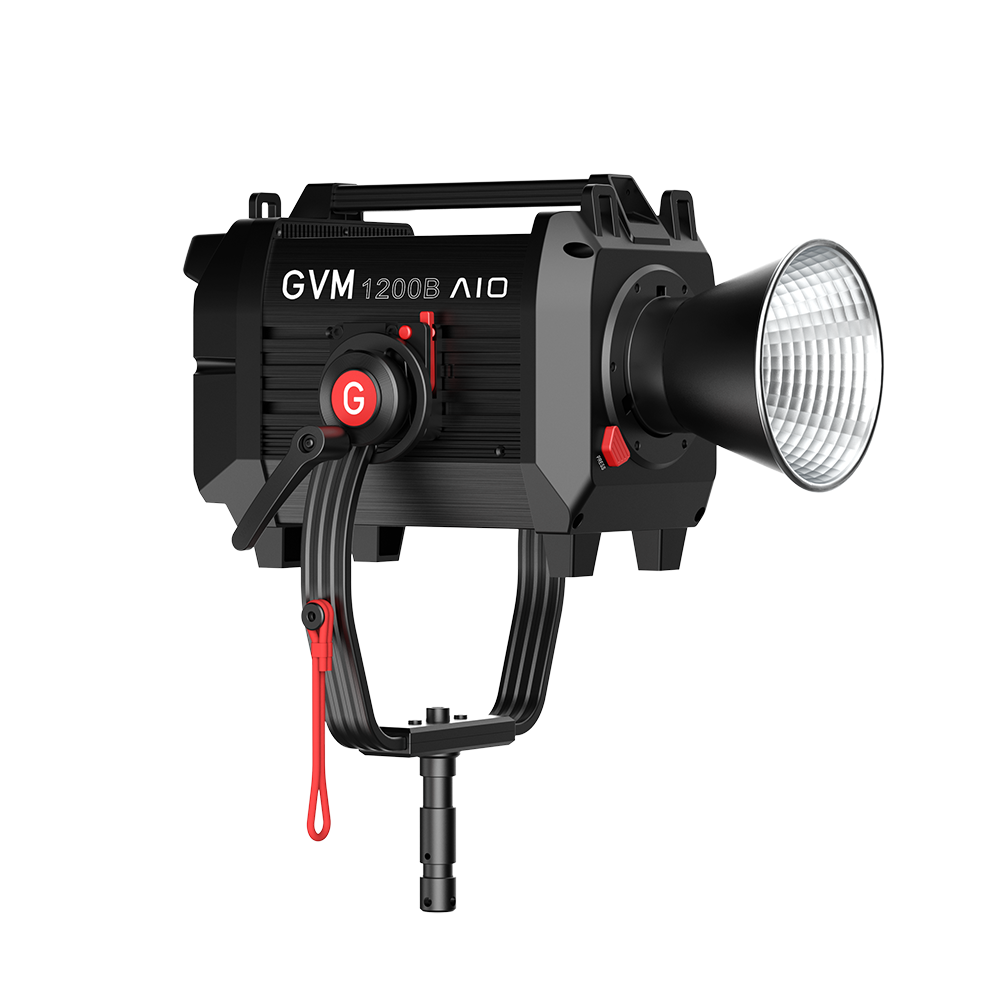How can I use lighting to improve shadow detail in a photo?
In an image, shadows can help create depth, both physical and spiritual, but depth can only be created if we learn how to control shadows. Especially when there are both strong and dark areas in the picture, how to balance the highlights and shadows in the picture and get a well-exposed image is particularly important.
of course, part of which is determined by the dynamic range of the camera, and we can adjust by the late, but don’t overlook the importance of the early, when a scene light conditions than too big, if we are to a regional exposure, may lead to the opposite area caused by excessive exposure or owe exposure picture appear a dead white or black, It’s hard to adjust even later in that situation.
So how can we improve the shadow detail in the image? First of all, we need to know what is shadow. Shadow refers to the dark area formed when the light emitted by the light source is blocked by opaque or translucent objects. The factors that affect the shadow mainly include the intensity and direction of the light source.
In most cases, shadows are caused by strong light, because the light is blocked, leading to the current area is dark, and the more light, the shadow area will become dark, if we need to raise exposure in the shaded area, we need another light source, introduced in the current area, or change the direction of the main light source as possible.
If you are shooting outdoor portraits
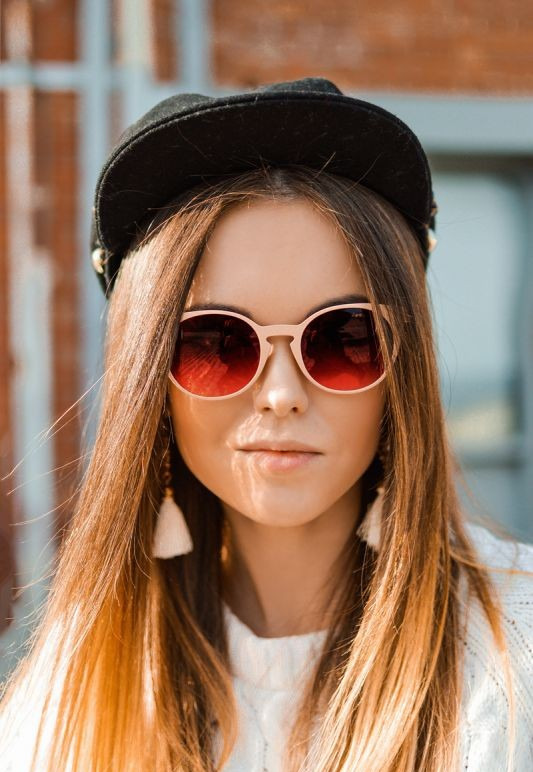
If you are shooting outdoor portraits, it is best to take them in the early morning or evening, and try to avoid taking them in the middle of the day. The midday light is too strong, and it is easy to form strong shadows on the face because of the facial features. The light in the early morning or evening is softer and does not create too strong a shadow. If you have to shoot in the middle of the day, try to shoot in a dark area and avoid direct sunlight. We can also use reflectors to reflect light and fill in shadows.
When indoors portrait or still life
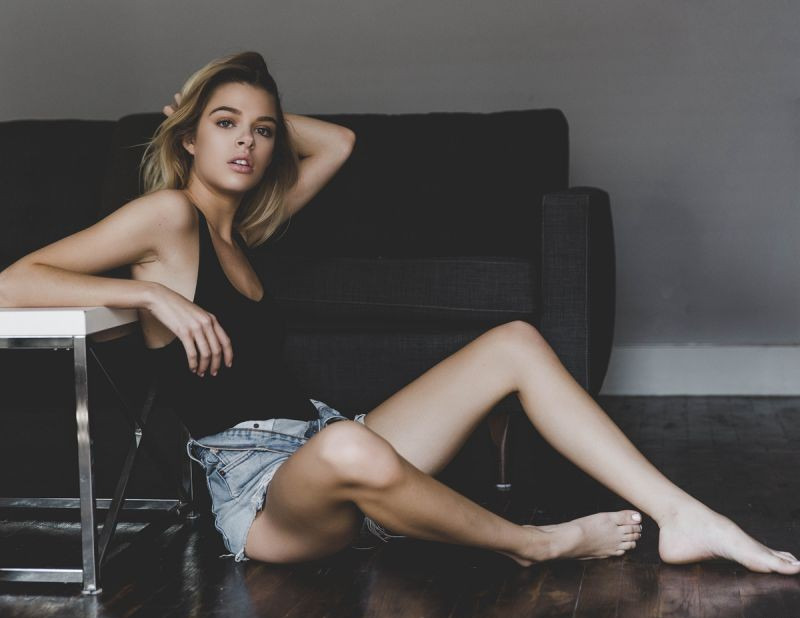
When indoors portrait or still life, indoor lighting is very complicated, there can be multiple light sources (outdoor/natural light) in parallel, when a light on the subject in which we cast a strong shadow, we need to add another light source (open) a lamp or use reflector to shadow offset caused by the light source.
Landscape
There is no way to add light or set up reflectors for large scenes of landscapes or buildings, so it is best to use soft light in the early morning or evening. If there is no way to control the light and shadows, then we can only use HDR technology to fill in the details in the shadows in the later stage. Be careful, however, not to overdo the HDR, or it will make the picture look less realistic.

Use a wider light source
Wider light sources are effective at reducing shadows because they come from all directions like the subject, and the shadows in each direction cancel each other out, like lights in an operating room.

Use reflected light
Try not to use direct light, especially when shooting portraits. Direct light can create strong, hard shadows that are not very attractive. If you’re shooting outside, choose a cloudy or overcast day. The light itself is already reflected in the clouds. If you’re shooting indoors, don’t direct the light at the model. Instead, use a reflector or direct the light at a wall or ceiling to soften the reflection.
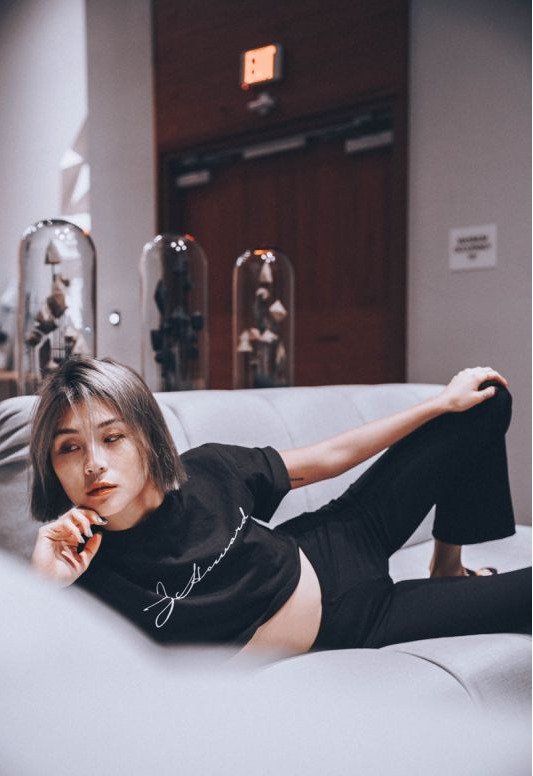
GVM recommends a light and easy-to-use photography light for you:
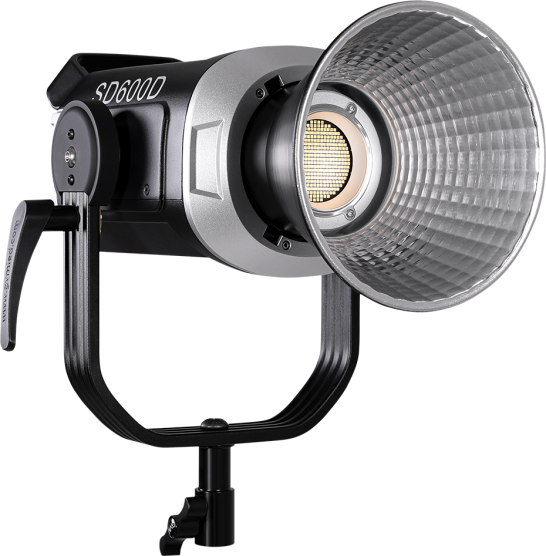
600W LED Bi-color Spotlight.
This LED Spotlight is up to 600W.

High quality two-color temperature lamp beads.
GVM-SD600D has a wider range of color temperature than conventional spotlights.
2700K~7500K dual color temperature stepless control, I wish you a good shot.
CRI 97+ restores the true colors of beauty and has more realistic color reproduction.
Make the captured picture more vivid, the color of the characters is more realistic, and the texture of light and shadow is better.
Cool and warm two-color mode, let your works have more color imagination, and make creative videos easily.
Consuming only 600W of power, it produces a bright, daylight-balanced, uniform scene, about the same as the equivalent output of a 4000W+ tungsten lamp.

8 kings of lighting scenes
This mode provides 8 white light modes:
lightning,CCT cycle,broken bulb,TV,paparazzi,explosion,breathing light.

